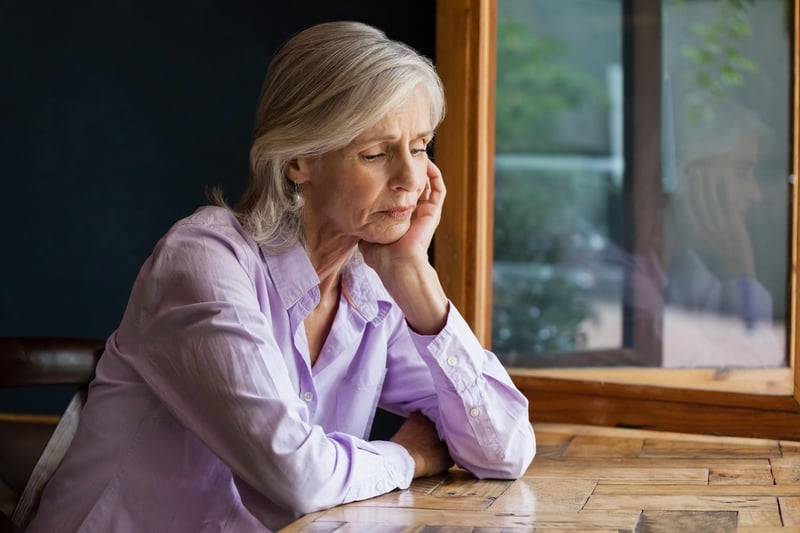Get Healthy!

- Cara Murez
- Posted November 7, 2022
'SAD Season': Depression Risks Rise as Days Get Shorter
As the daylight hours shrink, people's moods can wind up in the tank.
Rest assured, you're not alone. It's the SAD season for those affected by seasonal affective disorder. That's the depression, fatigue and withdrawal that shorter days and longer nights often bring.
"The seasonal mood change can come in different shapes and forms,"said Dr. Dorothy Sit, associate professor of psychiatry and behavioral sciences at Northwestern University Feinberg School of Medicine, in Chicago.
"It can be a clinical diagnosis of depression, which we call SAD, but some people experience a milder form," Sit said. "The clinical diagnosis means it is quite intense; it affects people all day for many weeks and can impact their functioning. In milder cases, people can feel a bit blah, but can push through. Still, functioning will feel a bit harder."
Besides feeling sluggish, people may be hungrier, crave carbohydrates, eat more and gain weight. They may also feel less motivated and find less enjoyment in activities.
"This is a form of depression that cycles naturally; it starts every fall and winter and remits every spring and summer,"Sit said in a Northwestern Medicine news release.
A major remedy for SAD is starting the day with bright light therapy. Sit recommends a unit that produces 10,000 LUX of white light to be used in the 30 minutes after waking up.
"The treatment provides an uplift in the mood, improves a person's functioning and may completely resolve their symptoms," she noted. "It's even effective for non-seasonal depression, depression in pregnancy and in certain people with bipolar depression."
Sit stressed that it's important to use the bright light under the direction of a physician or clinician. He or she can help detect any side effects or problems that arise, and discuss alternatives if needed.
"Light from the sun (sunlight) is the primary regulator that provides the signal for our bodies' circadian rhythms,"Sit said. "Not having significant exposure to light can affect that. Bright light therapy is used in a way to amplify our circadian rhythms, which appears to boost our mood. Timing the light so the exposure is first thing in the morning may produce more of an impact to regulate our rhythms. We are still trying to fully understand how this mechanism works."
People can also battle winter blues by staying active. This could include taking hikes with the family or exploring nature. It may be exercising, learning a new skill or visiting a museum.
It's also important to maintain a regular sleep-wake schedule. Naps should only be 20 to 30 minutes long, so don't oversleep, Sit advised.
More information
The U.S. National Institute of Mental Health has more on seasonal affective disorder.
SOURCE: Northwestern Medicine, news release, Nov. 4, 2022
